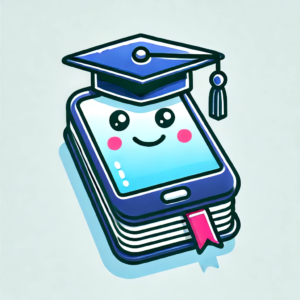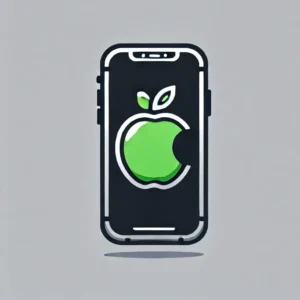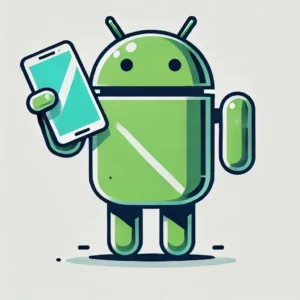What the topic is:
This course focuses on designing Android applications that are accessible and usable for all users, including those with disabilities. Accessibility and usability are crucial components of app development, ensuring that applications are inclusive and can be effectively used by diverse audiences. The course is designed for Android developers who want to create applications that accommodate the needs of all users and adhere to accessibility standards.
What you’ll learn:
Participants will learn about Android’s accessibility features and guidelines, such as TalkBack, Switch Access, and accessibility services. The course covers techniques for designing user interfaces that are easy to navigate and interact with, regardless of a user’s abilities. Students will explore how to implement accessibility attributes in their code, test their apps for accessibility compliance, and ensure that their applications meet the requirements of the Web Content Accessibility Guidelines (WCAG).
How the skills learned are useful:
Mastering accessibility and usability design is essential for developers who want to create applications that are inclusive and user-friendly for all individuals. These skills enable developers to reach a wider audience, including users with disabilities, and improve overall user satisfaction. By adhering to accessibility standards, developers can enhance their app’s reputation, comply with legal requirements, and demonstrate a commitment to social responsibility and inclusivity.



